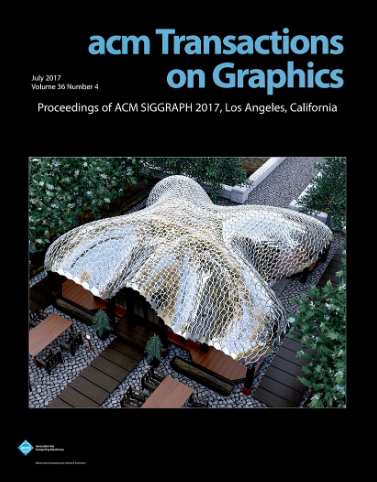Noise-Coded Illumination for Forensic and Photometric Video Analysis
IF 9.5
1区 计算机科学
Q1 COMPUTER SCIENCE, SOFTWARE ENGINEERING
引用次数: 0
Abstract
The proliferation of advanced tools for manipulating video has led to an arms race, pitting those who wish to sow disinformation against those who want to detect and expose it. Unfortunately, time favors the ill-intentioned in this race, with fake videos growing increasingly difficult to distinguish from real ones. At the root of this trend is a fundamental advantage held by those manipulating media: equal access to a distribution of what we consider authentic (i.e., “natural”) video. In this paper, we show how coding very subtle, noise-like modulations into the illumination of a scene can help combat this advantage by creating an information asymmetry that favors verification. Our approach effectively adds a temporal watermark to any video recorded under coded illumination. However, rather than encoding a specific message, this watermark encodes an image of the unmanipulated scene as it would appear lit only by the coded illumination. We show that even when an adversary knows that our technique is being used, creating a plausible coded fake video amounts to solving a second, more difficult version of the original adversarial content creation problem at an information disadvantage. This is a promising avenue for protecting high-stakes settings like public events and interviews, where the content on display is a likely target for manipulation, and while the illumination can be controlled, the cameras capturing video cannot.用于法医和光度视频分析的噪声编码照明
操纵视频的先进工具的激增导致了一场军备竞赛,希望散布虚假信息的人与希望发现和揭露虚假信息的人之间产生了对立。不幸的是,在这场竞赛中,时间倾向于心怀不轨的人,假视频越来越难以与真视频区分开来。这种趋势的根源是那些操纵媒体的人所拥有的一个根本优势:平等地获得我们认为真实(即“自然”)视频的传播。在本文中,我们展示了如何将非常微妙的、类似噪声的调制编码到场景的照明中,通过创建有利于验证的信息不对称来帮助对抗这种优势。我们的方法有效地为编码照明下录制的任何视频添加时间水印。然而,这个水印不是编码一个特定的信息,而是编码一个未经处理的场景的图像,因为它看起来只会被编码的照明照亮。我们的研究表明,即使对手知道我们的技术正在被使用,创造一个貌似可信的编码假视频,也相当于在信息劣势的情况下解决了第二个、更困难的原始对抗性内容创建问题。这是一种很有前途的方法,可以保护公共活动和采访等高风险场景,在这些场景中,展示的内容很可能成为操纵的目标,虽然照明可以控制,但拍摄视频的摄像机却无法控制。
本文章由计算机程序翻译,如有差异,请以英文原文为准。
求助全文
约1分钟内获得全文
求助全文
来源期刊

ACM Transactions on Graphics
工程技术-计算机:软件工程
CiteScore
14.30
自引率
25.80%
发文量
193
审稿时长
12 months
期刊介绍:
ACM Transactions on Graphics (TOG) is a peer-reviewed scientific journal that aims to disseminate the latest findings of note in the field of computer graphics. It has been published since 1982 by the Association for Computing Machinery. Starting in 2003, all papers accepted for presentation at the annual SIGGRAPH conference are printed in a special summer issue of the journal.
 求助内容:
求助内容: 应助结果提醒方式:
应助结果提醒方式:


